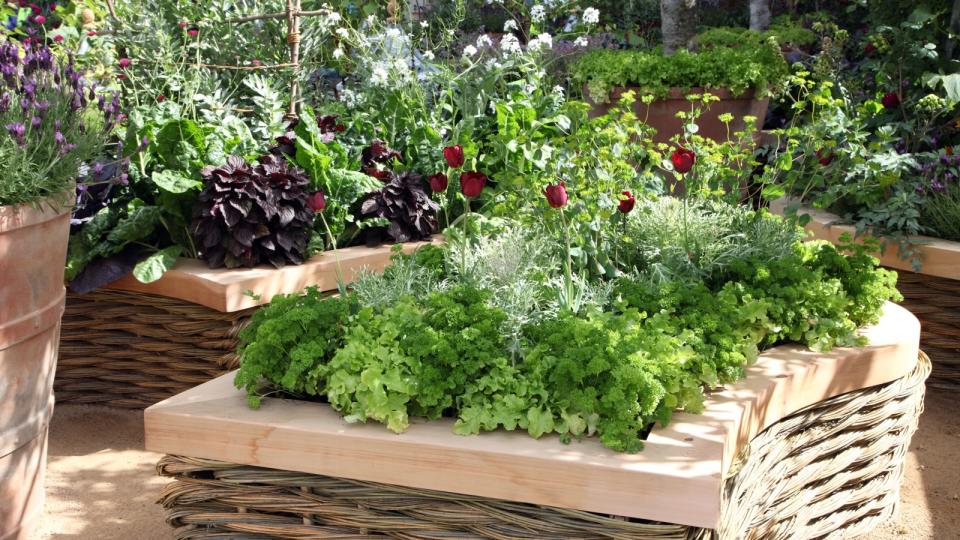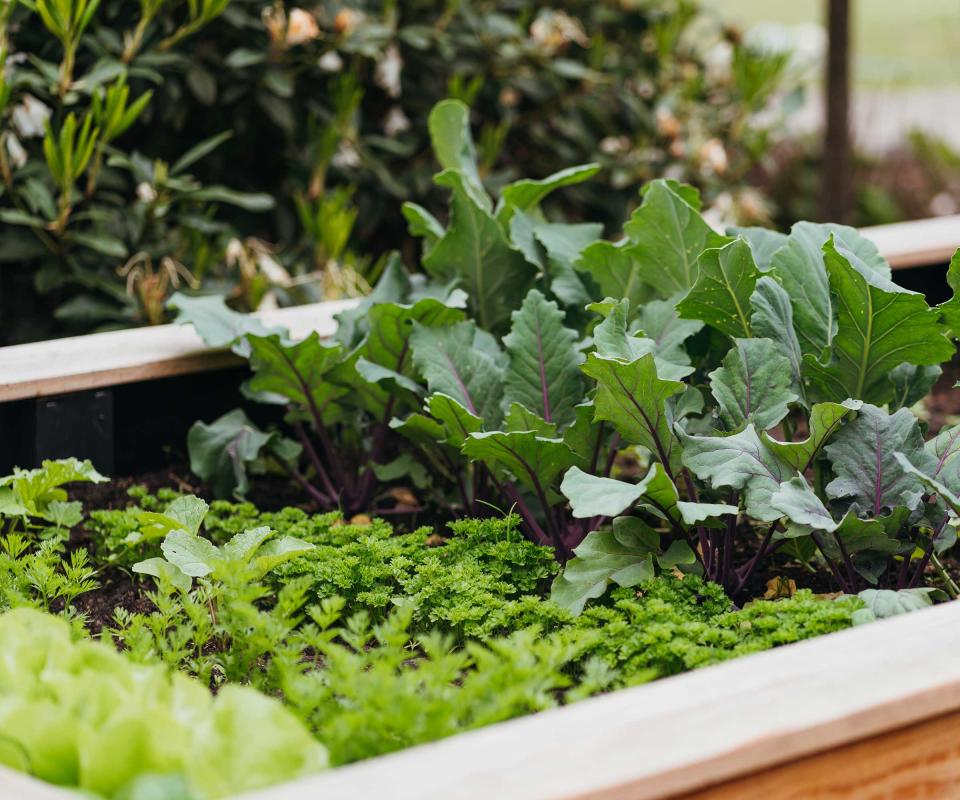How wide should a raised garden bed be? Expert advice for picking the perfect size

Raised beds are a great way to grow a huge range of plants in your garden, yet they do need to be practical. That means choosing the correct width of a raised garden bed to make it fit for purpose.
If you are looking to build them for the first time, you may be thinking just how wide should a raised garden bed be? Well, make it too wide and you won’t be able to reach the middle, too narrow and you will really be limiting your growing options. A width of four feet is generally regarded as the recommended maximum.
When you are putting together your raised bed ideas, put real thought into the sizings of the structures. Here we look at what is the right width for a raised garden bed and why it is important to get those measurements right.

How wide should a raised garden bed be?
Mis-judging the size is a common raised bed gardening mistake and it can be a costly one to make. When it comes to building a raised garden bed it takes time and effort and you may need to purchase materials as they are often made of repurposed wood, brick, stone, or pre-made raised garden bed kits – such as the Lakeside Collection Raised Garden Bed Set available at Amazon.
Steve Bradley, gardening expert for Homes & Gardens, says the use of raised beds ‘continues to expand for a variety of reasons’ including with people who have limited mobility or no soil in their backyard. He warns that the width should be considered as important as how tall a raised garden bed should be, adding: ‘If you have to climb onto the bed to reach the middle, then the bed is too wide.’
When it comes to how wide a raised garden bed should be, it is all about accessibility. You want to be able to reach all parts of the raised bed, so if you make the bed too wide you are creating problems for yourself. Not only will you struggle to maintain the central areas, but you can damage the bed as a result.
Lindsay Miller, horticultural writer for Gardener’s Supply Company, advises: ‘To avoid soil compaction, choose a width that allows you to reach all plants without stepping into the bed. Remember, you’ll need to reach in to weed, water, and harvest. If you can reach plants from both sides, a width of 3-4 feet is fine.’
You should always be able to reach halfway across the raised garden beds so you do not ever have to tread on them. A width of four feet is a maximum for raised beds that are freestanding and can be accessed from all sides. However, if the bed is against a wall or building then it should be only two feet so you can reach all the way across it. There is no point having a really wide bed if you cannot reach all parts of it.

Minimum width of raised garden beds
Make the beds too narrow and you are restricting the amount of space you have and what you can grow in the raised garden beds. If the bed is less than 1.5 feet wide then that could limit you to just one row of plants that are able to be grown in that space. At 1.5 feet and above you should be able to have two rows of plants growing happily in that space without being cramped and competing for space, water, and nutrients.

 Yahoo Autos
Yahoo Autos 